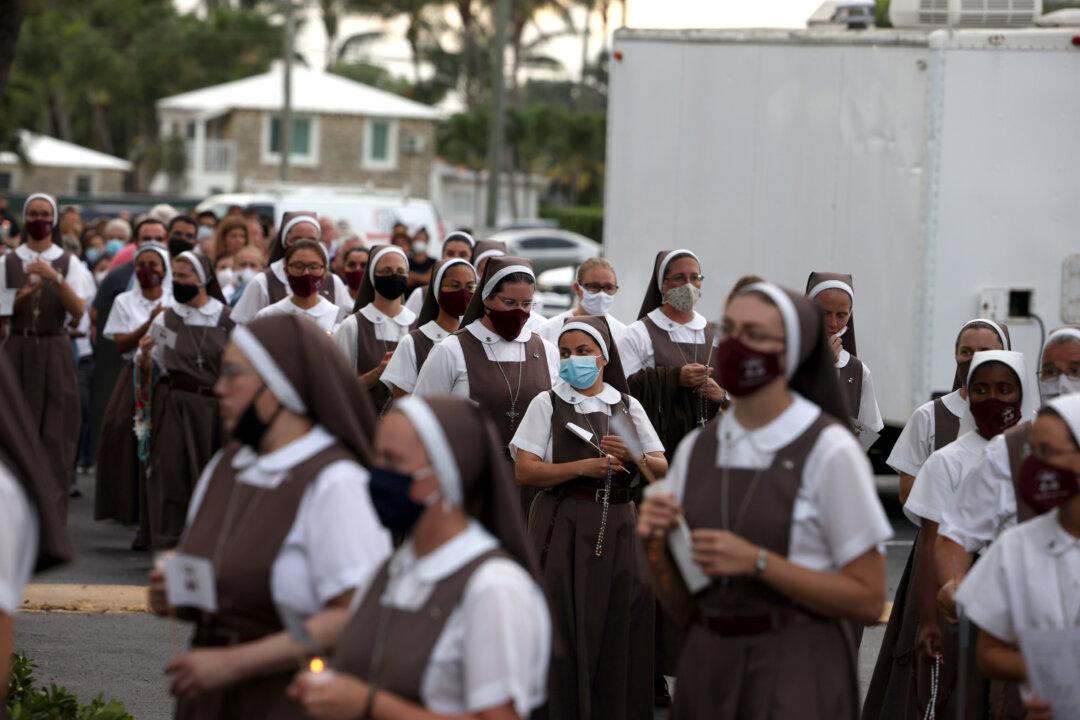A generation ago, about 181,000 Catholic women in religious orders provided Americans with affordable health care and effective private schools. Today, only 38,000 are left struggling to run charity organizations designed for nearly five times their number, leading schools and hospitals to close or privatize.
In American history, nuns and sisters in religious orders have been a quiet but influential force for good. Nuns focus on contemplation, while sisters focus on service. In 1960, sisters provided 1 in 5 hospital beds and educated about 1 in 10 American children.




